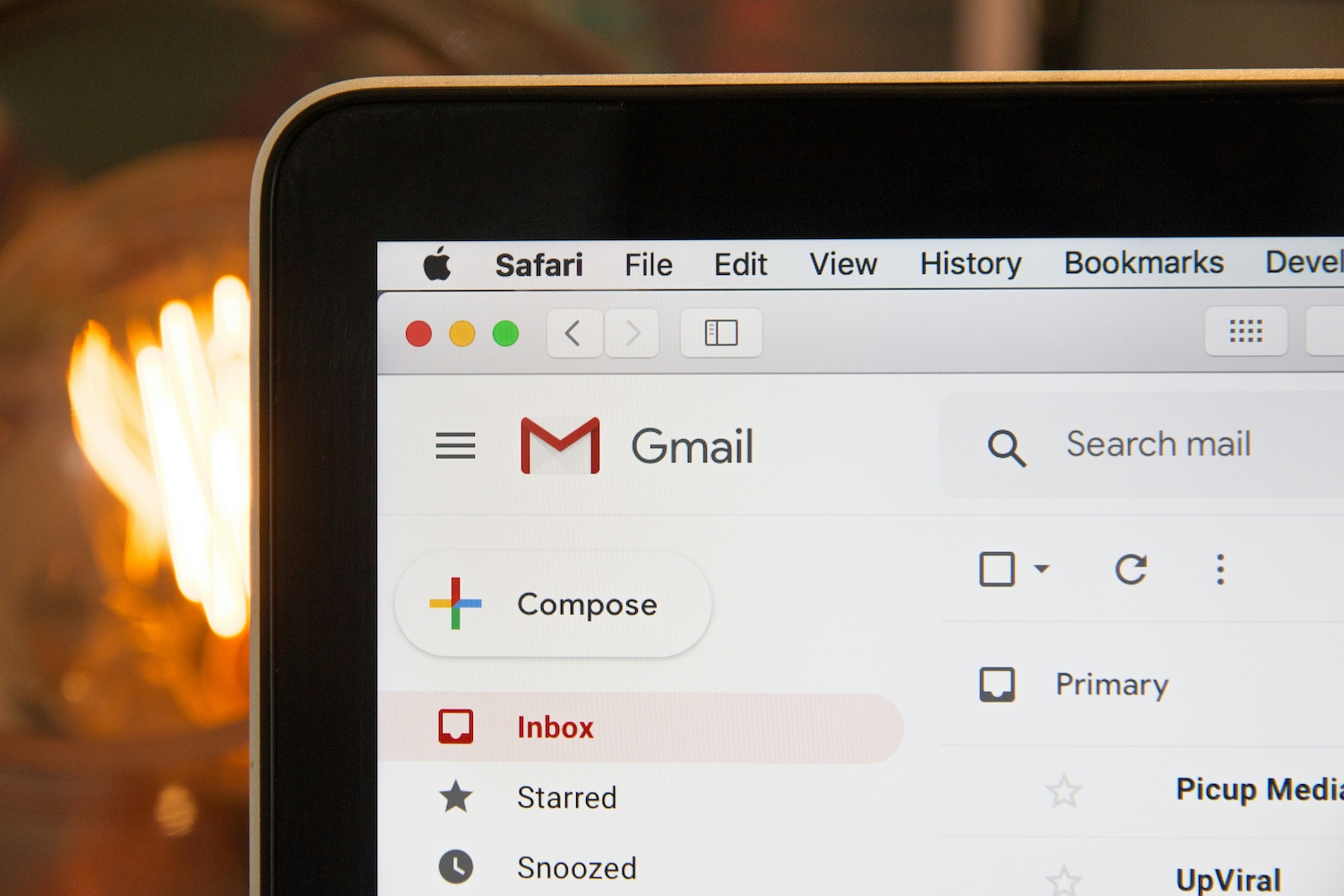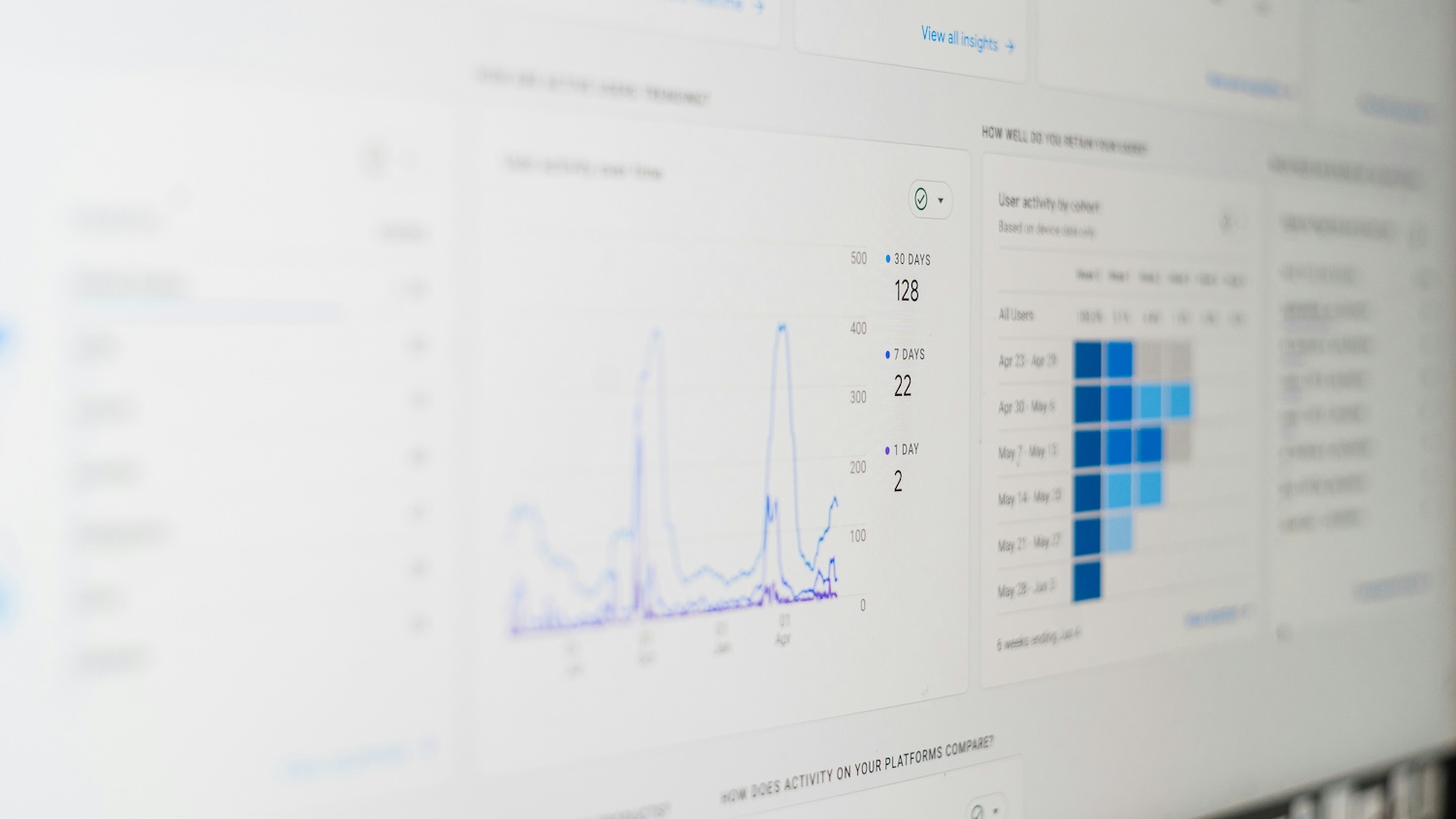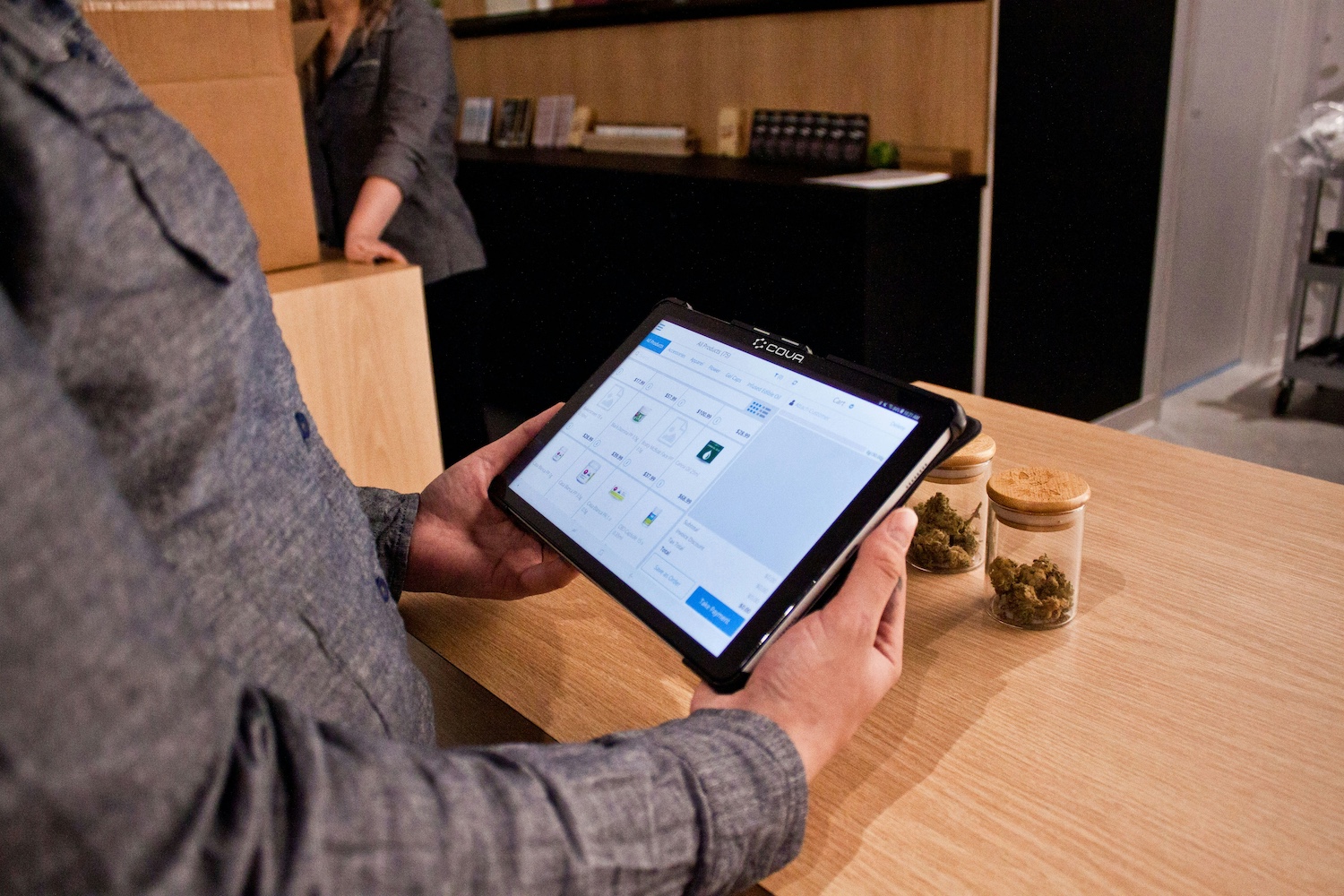· Marketing · 3 min read
Privacy-First Google Ads: Navigating the Cookieless Future in 2024

As we progress through 2024, the digital advertising landscape continues to evolve rapidly in response to growing privacy concerns and regulations. Google’s commitment to phasing out third-party cookies has pushed advertisers to adapt their strategies. This post explores how to thrive in this new privacy-centric environment while still delivering effective Google Ads campaigns.
Understanding the Cookieless Landscape
The Privacy Sandbox Initiative
Google’s Privacy Sandbox has now fully replaced third-party cookies with privacy-preserving APIs:
- Topics API: Provides interest-based advertising without cross-site tracking.
- FLEDGE: Enables remarketing and custom audiences while keeping user information on-device.
Key Takeaway: Familiarize yourself with these new APIs and how they affect your targeting capabilities.
First-Party Data Strategies
Building Your Own Data Ecosystem
With third-party data becoming less accessible, first-party data is more valuable than ever:
- Customer Data Platforms (CDPs): Invest in robust CDPs to collect, unify, and activate your first-party data.
- Value Exchange: Offer clear value propositions to encourage users to share their data willingly.
Action Plan: Develop a comprehensive first-party data strategy that respects user privacy while providing personalized experiences.
Contextual Targeting Renaissance
Advanced Contextual Algorithms
Google has significantly improved its contextual targeting capabilities:
- AI-Powered Content Analysis: More accurate matching of ads to relevant content without relying on user data.
- Real-Time Context Assessment: Ads are matched to content as pages load, ensuring relevance.
Strategy: Revisit your contextual targeting approach, focusing on creating ads that align closely with specific content themes.
Conversion Modeling and Measurement
Privacy-Preserving Attribution
New measurement solutions have been introduced to maintain accurate reporting:
- Consent Mode: Adjusts measurement methodology based on user consent choices.
- Enhanced Conversions: Uses hashed first-party data to improve conversion attribution.
Best Practice: Implement these new measurement solutions and educate stakeholders on interpreting the new metrics.
Audience Targeting in a Privacy-First World
Cohort-Based Targeting
Moving away from individual targeting, Google now offers more privacy-friendly options:
- Interest-Based Cohorts: Groups users with similar interests without individual identification.
- Lookalike Audiences 2.0: Uses on-device processing to find similar users without sharing individual data.
Tip: Experiment with these new audience targeting methods to find the right balance between reach and precision.
Creative Optimization for Privacy
Relevance Without Personalization
With less individual data available, ad creative becomes even more critical:
- Adaptive Creative: Dynamically assembles ad components based on broad audience signals and context.
- Message Testing: Utilize Google’s AI to test multiple ad variations quickly and at scale.
Focus Area: Invest in creating diverse, high-quality ad components that can be mixed and matched for different contexts.
Conclusion
The shift to a privacy-first advertising ecosystem presents both challenges and opportunities. By embracing first-party data strategies, leveraging advanced contextual targeting, and adapting to new measurement solutions, advertisers can continue to deliver effective campaigns while respecting user privacy. Stay agile, keep learning, and view these changes as an opportunity to build stronger, more trustworthy relationships with your audience.




